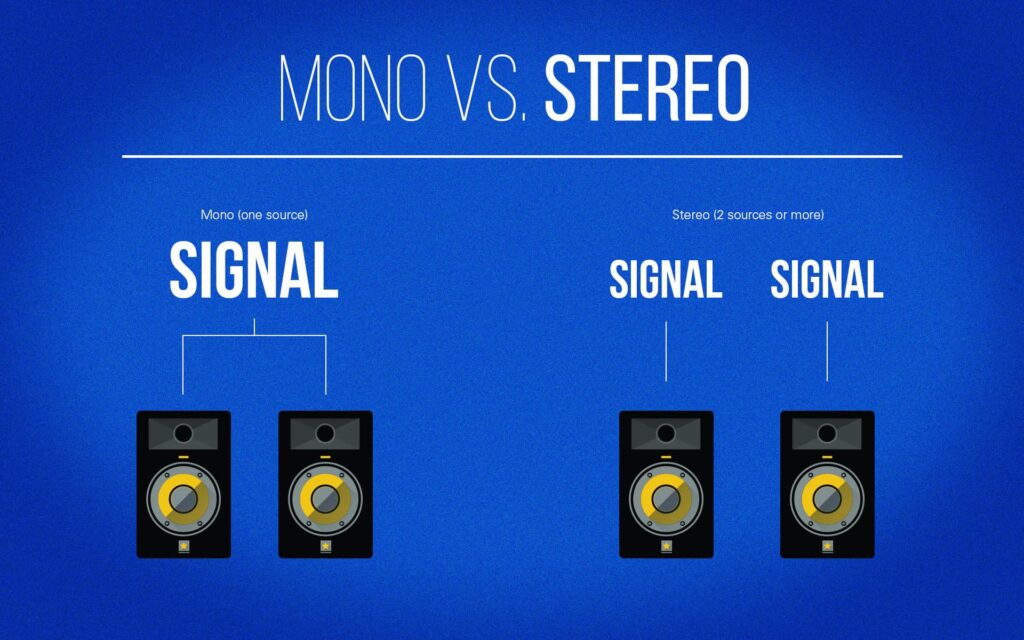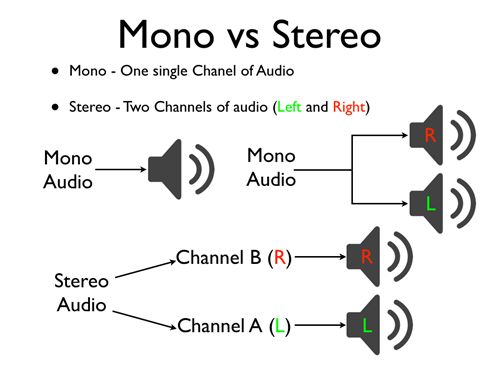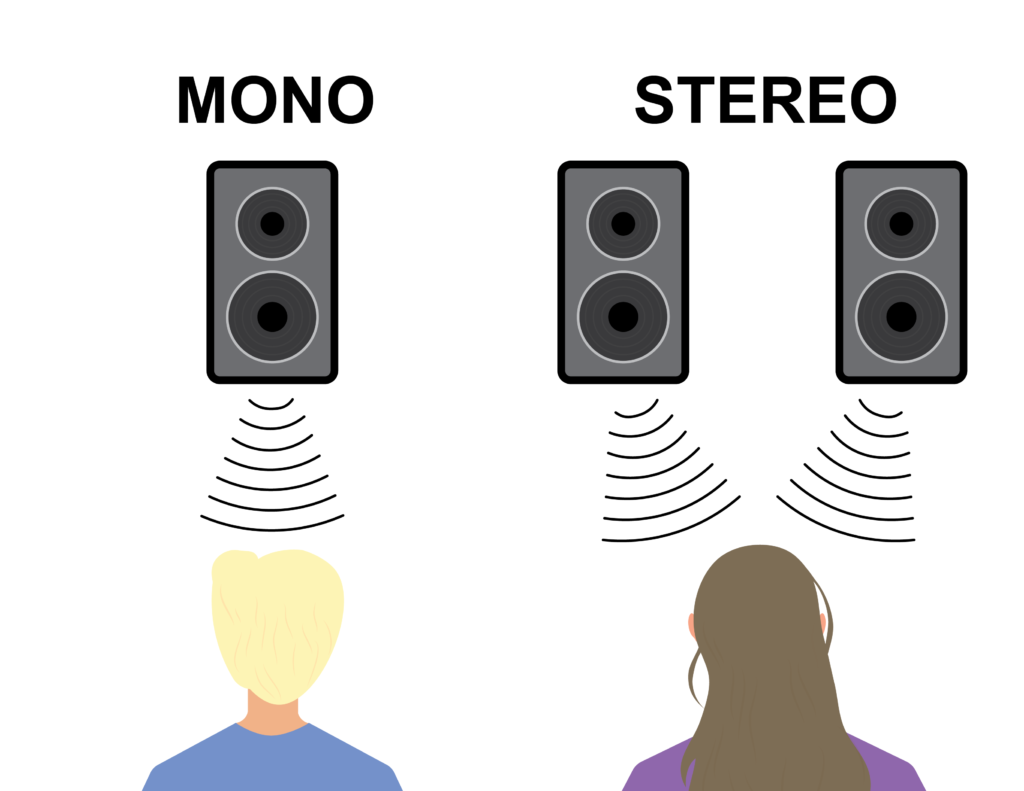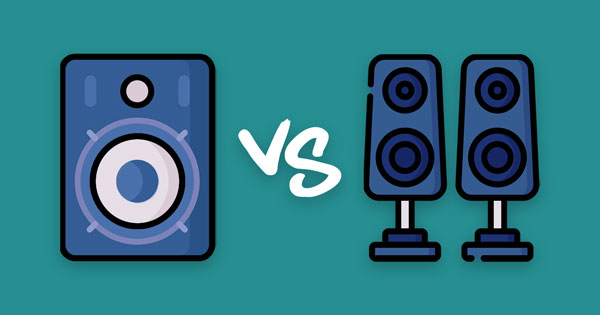Table of Contents
Introduction to Mono and Stereo Sound

In the realm of audio production, the choice between mono and stereo sound is a fundamental decision that influences how music is recorded, mixed, and ultimately perceived by listeners. Understanding the differences, advantages, and limitations of each format is crucial for producers and engineers striving to create the best possible listening experience for their audience.
Understanding Mono Sound
What is a mono sound?
Mono, short for monophonic, refers to audio signals that are combined into a single channel, resulting in a unified sound output. In mono recordings, all instruments and vocals are merged into one signal, devoid of spatial separation. While mono lacks the spatial depth of stereo, it offers simplicity and consistency in playback across various systems.

Understanding Stereo Sound
What is the difference between mono and stereo sound?
Stereo, derived from stereophonic, utilizes two audio channels to create a sense of spatial separation and depth. By distributing sound across two channels, stereo recordings mimic the way humans perceive sound in the real world, enhancing clarity and immersion. Stereo allows for precise localization of instruments and vocals, enriching the listening experience.
The Evolution of Audio Playback
The evolution of audio playback technology has played a significant role in shaping the dominance of stereo over mono in contemporary music production. With the advent of stereo vinyl records, cassette tapes, CDs, and digital streaming platforms, stereo sound became the standard for delivering immersive audio experiences to listeners worldwide.

Mono vs. Stereo: Pros and Cons
Does stereo sound better than mono?
Both mono and stereo sound formats have distinct advantages and limitations. Stereo excels in scenarios where spatial imaging and realism are desired, offering a more immersive listening experience. In contrast, mono ensures compatibility and consistency across different playback systems, making it suitable for certain applications such as radio broadcasts and public address systems.
Factors Influencing the Choice Between Mono and Stereo
Several factors influence the decision to choose mono or stereo sound for a particular project. Considerations such as artistic vision, intended playback environment, target audience, and technical requirements all play a role in determining the optimal audio format for a given production.

Mono vs. Stereo in Different Environments
The choice between mono and stereo sound varies depending on the intended listening environment. While stereo excels in personal listening spaces and home theaters, mono remains prevalent in public venues like clubs, restaurants, and retail stores. Understanding the acoustic characteristics and playback systems of different environments is essential for delivering an optimal audio experience.
The Impact of Mono and Stereo on Mixing and Mastering
The decision to mix and master music in mono or stereo significantly influences the final sonic quality of a recording. Stereo mixing allows for precise spatial positioning and depth, while mono mixing emphasizes balance and consistency across all playback systems. Mastering engineers must carefully consider the implications of mono and stereo processing on the overall sound quality and compatibility of the final master.
Mono vs. Stereo: Practical Considerations
Practical considerations, such as equipment availability, recording techniques, and budget constraints, also influence the choice between mono and stereo sound. While stereo recording setups require specialized microphones and techniques, mono recording offers simplicity and accessibility, making it suitable for beginners and budget-conscious producers.

Conclusion
In conclusion, the choice between mono and stereo sound involves a careful balance of artistic vision, technical considerations, and audience preferences. While stereo offers immersive spatial imaging and realism, mono ensures compatibility and consistency across different playback systems. By understanding the unique characteristics and applications of mono and stereo sound, producers and engineers can make informed decisions to create compelling audio experiences for their listeners.





No comment